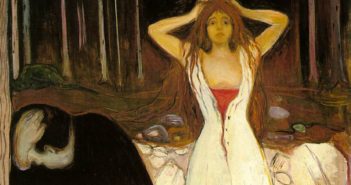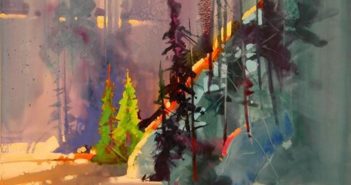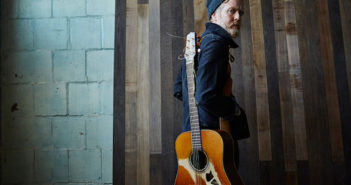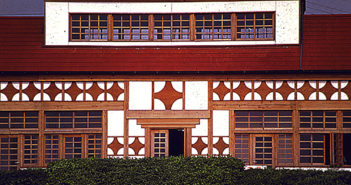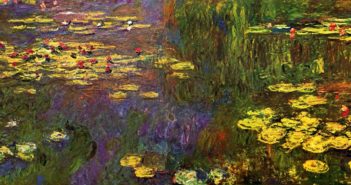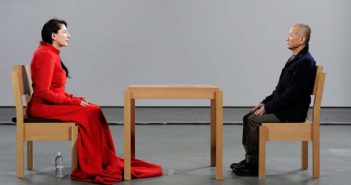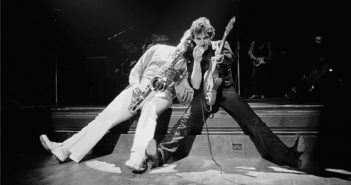
Harvest tools
A subscriber wrote, “What are harvest tools? You say they’re tools to help extract more value from ideas, but can you be more specific?”
Beneath autumn’s extravagant moons, I’ve been mulling over the same question. Art season’s cotillion boogies under these gibbous globes — it’s reaping time. For all the summer plantings, think of your harvest tools as multi-pronged — in both your equipment and your means of distribution.

